Where does paprika come from? This vibrant red spice has a fascinating history that begins in the Americas, not Europe as many assume. Indigenous peoples in Central and South America were drying and grinding chili peppers for culinary and medicinal use long before European explorers arrived. In this article, you'll discover the complete journey of paprika from its native origins to its global culinary role today.
Whether you're a home cook curious about spice origins or a chef seeking deeper knowledge, this guide delivers accurate, science-backed information about paprika's history, growth regions, and practical uses.
Table of Contents
- Paprika's True Origins in the Americas
- Global Growing Regions Today
- The Science of Paprika's Signature Color
- How to Use Paprika Correctly (With Expert Tips)
- Buying Guide: Choosing Authentic Paprika
- Frequently Asked Questions
Paprika's True Origins in the Americas
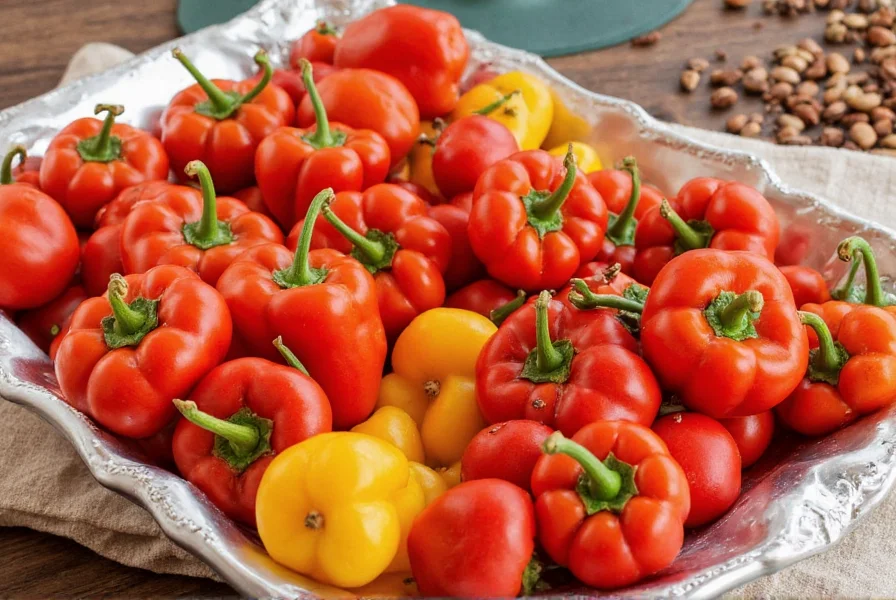
Paprika's story starts in Central and South America, where indigenous communities cultivated and processed chili peppers for thousands of years before European contact. Archaeological evidence shows these peppers were dried and ground into powders for cooking and traditional medicine. When Spanish and Portuguese explorers arrived in the 16th century, they transported these peppers back to Europe, where they were initially grown as ornamental plants.
It was Hungarian and Spanish farmers who first recognized paprika's culinary potential. Through selective breeding, they developed milder varieties that became staples in their cuisines. Unlike the fiery chilies of its origin, this new spice was prized for its vibrant color and subtle flavor rather than heat.
Key Historical Milestones
- Pre-1492: Indigenous peoples in Mexico and Peru used chili peppers for food and medicine
- 1520s: Spanish explorers brought peppers to Europe
- 1540s: Hungarian farmers began cultivating peppers specifically for paprika production
- 1800s: Paprika became a national symbol of Hungary
Global Growing Regions Today
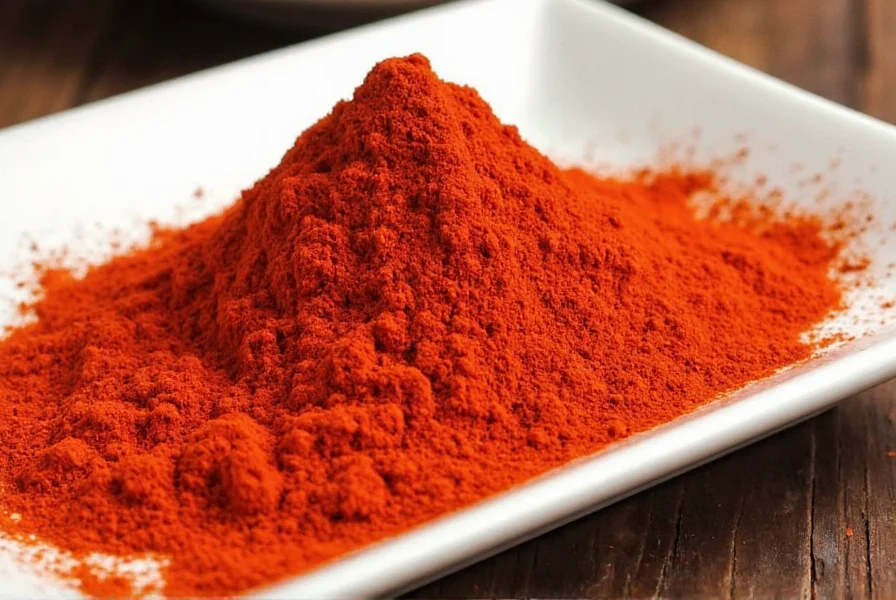
| Country | Style | Key Characteristics |
|---|---|---|
| Hungary | Hungarian Paprika | 8 distinct grades from sweet to hot; ideal for goulash and sauces |
| Spain | Pimentón | Smoked over oak fires; comes in sweet, bittersweet, and hot varieties |
| California, USA | American Paprika | Bright red color; primarily used for visual appeal in dishes |
| India & Pakistan | Kashmiri & Deegi Mirch | Medium heat; essential for curries and rice dishes |
Optimal Growing Conditions
Paprika peppers require warm, dry climates with 6-8 hours of daily sunlight. Harvest timing is critical—peppers must be fully ripe for maximum color development. Hungary's Great Plain region and Spain's La Vera district are renowned for ideal growing conditions, producing the world's highest-quality paprika.
The Science Behind Paprika's Signature Red Hue
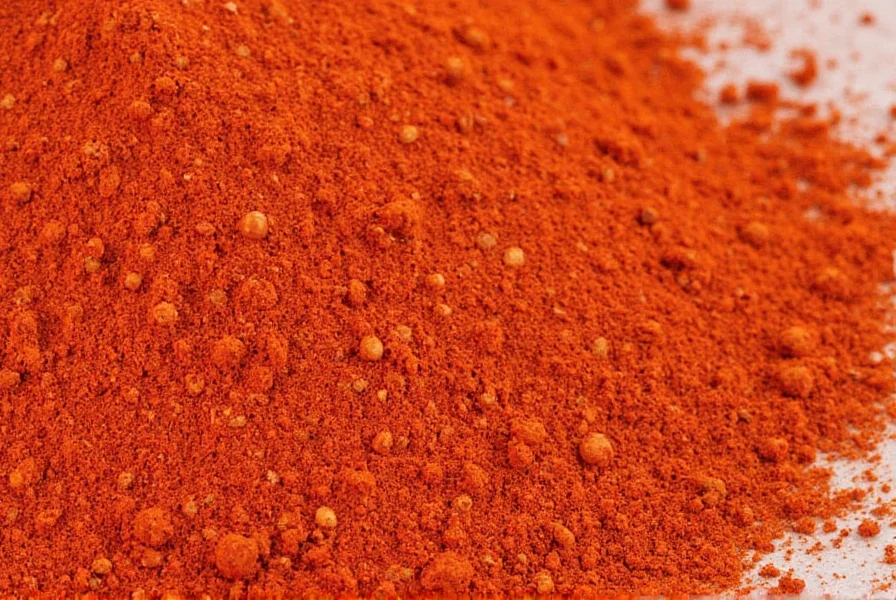
Paprika's vibrant color comes from capsanthin, a carotenoid pigment that makes up 50-70% of its color compounds. Unlike capsaicin (which creates heat in chilies), capsanthin has no spiciness. This compound also provides antioxidant benefits and is stable when added to foods, making paprika a natural coloring agent.
Paprika vs. Chili Powder: Clear Differences
| Feature | Paprika | Chili Powder |
|---|---|---|
| Main Ingredient | 100% ground dried peppers (sweet or mild chili) | Chili peppers blended with cumin, garlic, oregano |
| Heat Level | 0-1,000 SHU (Scoville Heat Units) | 1,000-10,000 SHU |
| Primary Function | Color enhancement and subtle flavor | Adding significant heat and spice |
How to Use Paprika Like a Pro (With Expert Tips)
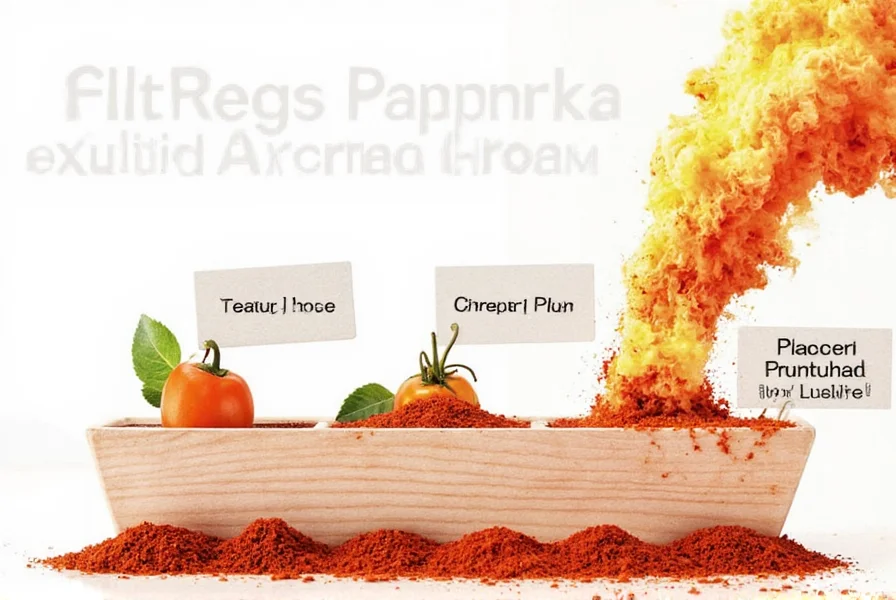
Paprika's versatility extends far beyond garnish. Follow these evidence-based techniques to maximize flavor and color:
Top 5 Professional Uses
- Color boost: Sprinkle over deviled eggs or hummus for visual appeal without altering flavor
- Meat rubs: Mix with olive oil, garlic, and salt for grilled chicken or pork
- Sauce foundation: Bloom in oil before adding tomatoes for richer chili or stews
- Rice enhancement: Stir into cooked rice during the last 2 minutes for even color distribution
- Vegetable roasting: Toss with carrots or potatoes before roasting at 400°F (200°C)
Common Mistakes & Fixes
- Burning: Add paprika after sautéing aromatics; cook no longer than 30 seconds in oil
- Weak flavor: Replace paprika every 6 months; store in dark glass containers
- Wrong variety: Use sweet paprika for coloring, smoked for meats, hot for spicy dishes
Buying Guide: Choosing Authentic Paprika
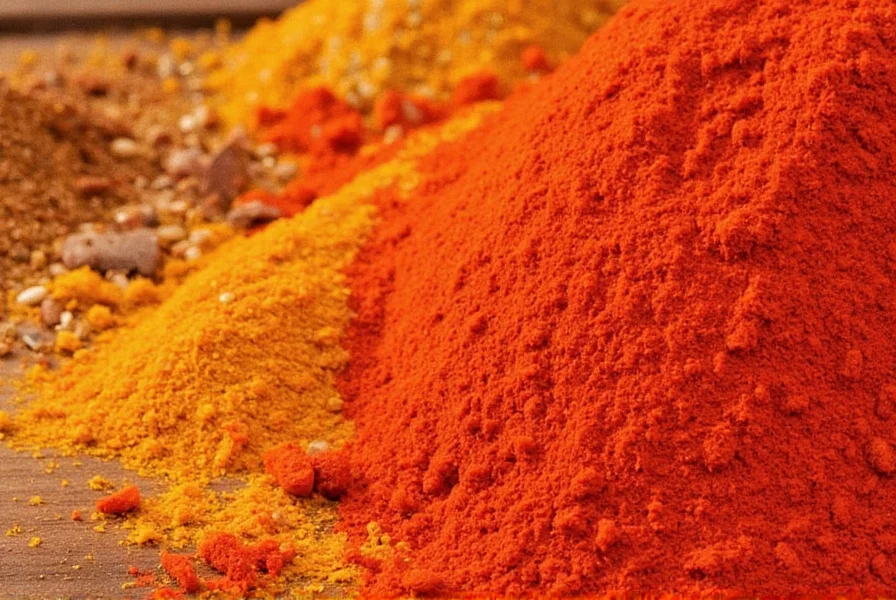
Type Comparison
| Type | Flavor Profile | Best Applications |
|---|---|---|
| Sweet Hungarian | Mild, slightly sweet, no heat | General cooking, coloring, egg dishes |
| Smoked Spanish (Pimentón) | Deep smoky notes; sweet, bittersweet, or hot | Paella, chorizo, grilled meats |
| Hot Hungarian | Medium heat with fruity undertones | Spicy goulash, Indian curries |
Pro Buying Tips
- Freshness test: Rub a pinch between fingers—fresh paprika releases a sweet, earthy aroma
- Source priority: Look for "Hungarian" or "Spanish" origin labels for authentic flavor
- Packaging: Choose opaque containers; avoid clear jars that degrade color
- Brand recommendations: Penzey's Smoked Paprika (premium), McCormick Hungarian (everyday use), La Dalia Pimentón (Spanish specialty)
Frequently Asked Questions
Where does paprika actually originate from?
Paprika originates from peppers native to Central and South America. Indigenous peoples processed these peppers long before European contact. Spanish and Portuguese explorers introduced them to Europe in the 16th century, where Hungarian and Spanish farmers developed the milder varieties we know today.
Is paprika the same as chili powder?
No. Paprika is made solely from ground dried peppers (typically sweet bell peppers or mild chilies), while chili powder is a blend of chili peppers plus spices like cumin, garlic, and oregano. Paprika is primarily for color and mild flavor, whereas chili powder adds significant heat and spice complexity.
How long does paprika last, and how should I store it?
Paprika retains peak quality for 6-12 months. Store in an airtight, opaque container away from light, heat, and moisture. Test freshness by smell—fresh paprika has a sweet, earthy aroma; stale paprika smells dull and dusty.
What's the difference between Hungarian and Spanish paprika?
Hungarian paprika is known for 8 distinct heat grades (from sweet to hot) and is typically unsmoked. Spanish paprika (pimentón) is traditionally smoked over oak fires, creating deep smoky notes in sweet (dulce), bittersweet (agridulce), and hot (picante) varieties. Hungarian paprika is ideal for stews and sauces, while Spanish pimentón shines in chorizo and paella.
Why does paprika turn red when added to food?
Paprika's red color comes from capsanthin, a carotenoid pigment that makes up over half its coloring compounds. This same pigment gives tomatoes and carrots their red-orange hue. Unlike capsaicin (which creates heat), capsanthin provides color without any spiciness, making paprika perfect for adding visual appeal to dishes.
Can I substitute paprika in recipes?
Yes, but with limitations. For sweet paprika, try a pinch of cayenne with tomato paste for color (adds heat). For smoked paprika, mix regular paprika with liquid smoke (use sparingly). However, each type has unique flavor compounds that are difficult to replicate perfectly. Always start with half the substituted amount and adjust to taste.
Why Paprika Matters in Global Cuisine
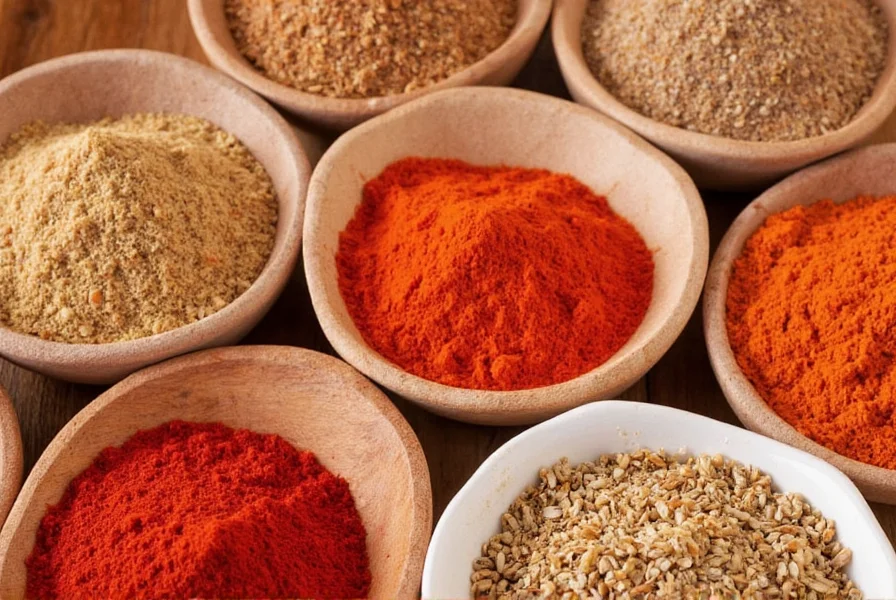
Paprika's journey from ancient American peppers to European culinary staple reveals how food connects cultures. Today, it's more than just a spice—it's a bridge between history and modern cooking. Whether you're adding color to deviled eggs or creating authentic Spanish chorizo, understanding paprika's origins helps you appreciate its role in global cuisine.
Remember: the best paprika starts with quality sourcing and proper storage. Next time you reach for that red jar, you'll know exactly where it came from—and how to use it to its full potential.

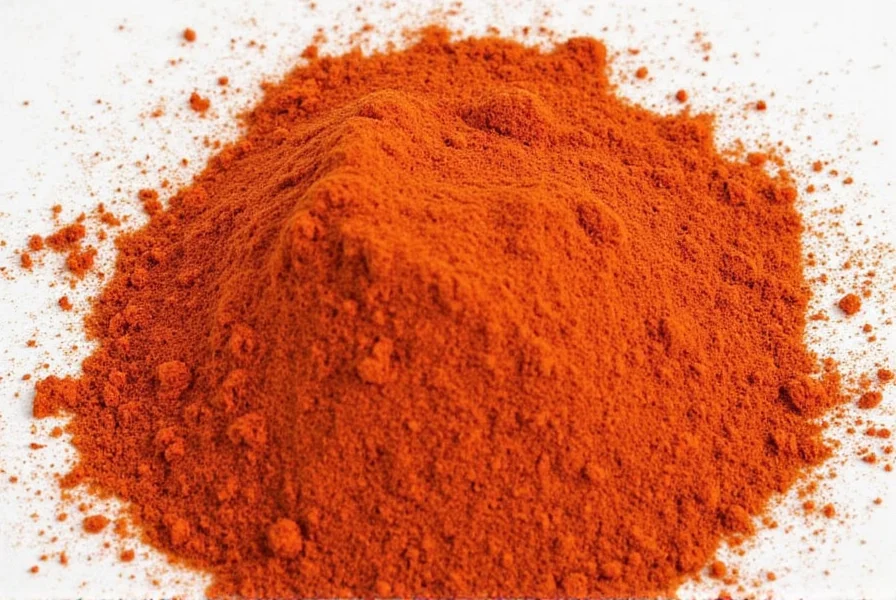









 浙公网安备
33010002000092号
浙公网安备
33010002000092号 浙B2-20120091-4
浙B2-20120091-4